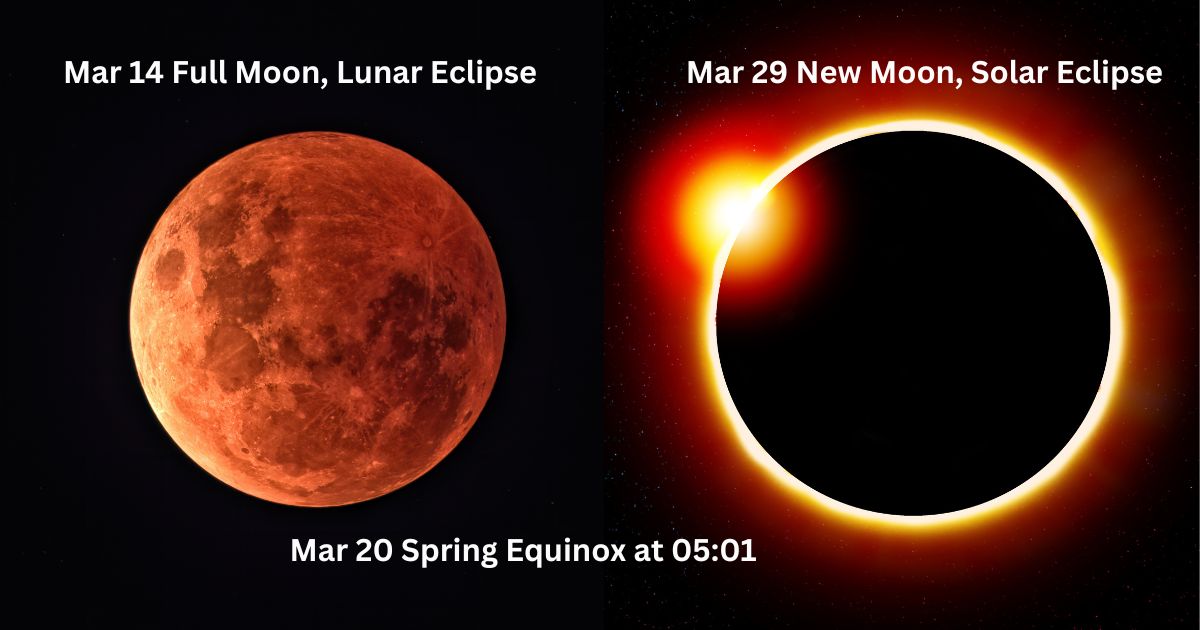Generating your own off-grid electric power is a hot topic these days, and for good reason. I’ve helped hundreds of people to design and build their own off-grid electricity systems over the last few years, and the reasons people are interested are often the same. Some tell me they want the reliability that the grid can’t always deliver. Others want to live an electrified lifestyle on land that’s beyond reach of the grid. Still others are concerned about reducing their environmental impact. Even if you know something about household wiring and electricity, off-grid systems are sufficiently different that there’s plenty to learn.
Here are some of the most popular questions I get asked from people looking to get off-grid.
Q What can I power with an off-grid electricity system?

A Anything that runs on electricity can operate on off-grid power. The real question is whether it makes financial sense for you to do it. Some people just want a small amount of emergency power for simple lighting and charging of electronics. That’s the ideal situation for what they call a portable solar generator. Others want to power their whole house off-grid, including an electric range, dryer, central air and other big-ticket items. Plans like these should always begin by reducing the number of heat-producing items being powered by electricity, switching to a gas range, water heater and dryer. By reducing the amount of electricity needed, strategies can be created so anyone can enjoy a comfortable, modern lifestyle completely unconnected to the grid. The easiest way to begin planning is by looking at your grid electricity bills for the last year or so. The important figure here is kilowatt hours (kWhs) of total consumption per month. You’ll either need to build an off-grid system capable of delivering this same amount of electricity, or you’ll need to reduce the amount of electricity you consume and then build a smaller off-grid system.
Q How do off-grid energy systems work?

A Typical full-featured off-grid systems harvest electric power from the wind using a turbine, and from the sun using photovoltaic panels that convert light directly into electricity. This electricity can be stored in batteries, then used directly, or it can be modified to power household items like lights, cooking appliances, a fridge and freezer, electronics, etc. Simpler, battery-less systems are allowed in some places, too, making it easy to feed electricity directly back into the grid for a credit on your electricity bill. The kind of system you choose depends on your commitment level, the amount of money you want to invest, and the kind of results you’re aiming for.
Q How much does an off-grid energy system cost?

A This varies a lot, depending on the quantity of power you want and the kind of features you’re interested in. You could spend a couple of dollars per watt of output for a simple grid-tie system that has no battery, or
you could go all the way up to $5 or $6 per watt, based on the design. Typically speaking, building your own high-quality solar generator to deliver a little bit of power for charging and lighting could cost $1,200 to $1,500 in parts. A large, full-featured off-grid system capable of powering an entire house indefinitely could cost $30K to $50K or more. Most people assume that off-grid energy systems save money compared to grid power, but this is often not the case. Sure, the sun and wind are free, but it costs money for the equipment to turn that sun and wind into electricity, to store that electricity, and then to modify that electricity so it can be used by typical household items. When you count all the costs (including the limited working life of batteries), grid power is often cheaper than off-grid, kilowatt hour for kilowatt hour. The big advantage of off-grid is reliability, freedom to build away from the grid, and environmental soundness.
Q Can I run my whole house on off-grid energy?

A Yes, entire houses can operate quite well with off-grid power, but it always makes sense to look at your current electricity consumption first and economize before designing and building a system. Anything
that produces a significant amount of heat — a kitchen range, water heater, clothes dryer, baseboard heaters, for instance — requires a lot of electricity. You’ll save significant money on the cost of your off-grid system if you move large heat-related loads to some nonelectric energy source, typically natural gas or propane. This is still off-grid, just not electric off-grid. In most cases it makes no sense to build an off-grid system that can heat a typical Canadian home with electricity, for instance. Some kind of combustion appliance such as a furnace or boiler makes more sense for big heat loads. Same goes for central air conditioning. This takes a lot of electric power (especially on startup), but there are air conditioning systems that can run on natural gas, with just a small amount of electricity to operate fans and controls.
Q Is an off-grid energy system complicated to operate?

A Systems that simply feed power back into the grid (with no battery storage) require no expertise
at all. Once the system is installed, it’s business as usual for you. You don’t need to do anything except enjoy the reduced or even eliminated electricity bills. More complicated systems include batteries and conversion technology that changes battery power (direct current/DC) into the kind of electricity that appliances and household items can use (alternating current/AC), while completely independent systems usually require at least periodic monitoring of battery charge levels.

Q How do I get started with off-grid energy?
A There are two main steps involved in moving forward, and both apply whether you intend to design and install your own system or you just want to hire and manage a professional properly. First, you need to learn the basics of electricity and hardware as they apply to off-grid power. This means understanding terms such as kilowatts, kilowatt hours, voltage, amperage, inverter, charge controller and others. The second learning step involves making it all real, and for this you’ll do best connecting with people. This could mean an instructor for an off-grid energy course, enthusiasts who frequent online forums, and eventually retailers of the off-grid hardware you’ll need to buy. Today’s best off-grid equipment retailers do a great job offering education as well as merchandise. My favourite suppliers even include an in-house design team. You tell them what size and type of system you want and they’ll put a plan together for you, naming the specific pieces of equipment you’ll need. Off-grid technology is getting more and more attractive and efficient as technology improves and components get cheaper. Give yourself time to learn and you’ll enjoy a level of power security and sustainability that you can’t get any other way.
Steve Maxwell and his wife Mary live on a 90-acre modern homestead on Manitoulin Island, Ontario in a stone house they built with local materials beginning in 1985. Steve is Canada’s longest-running home improvement and how-to columnist and editor of Home and Property. He divides his time working on the land, building things large and small, and creating articles and how-to videos that teach sustainable, self-reliant, hands-on living skills.













